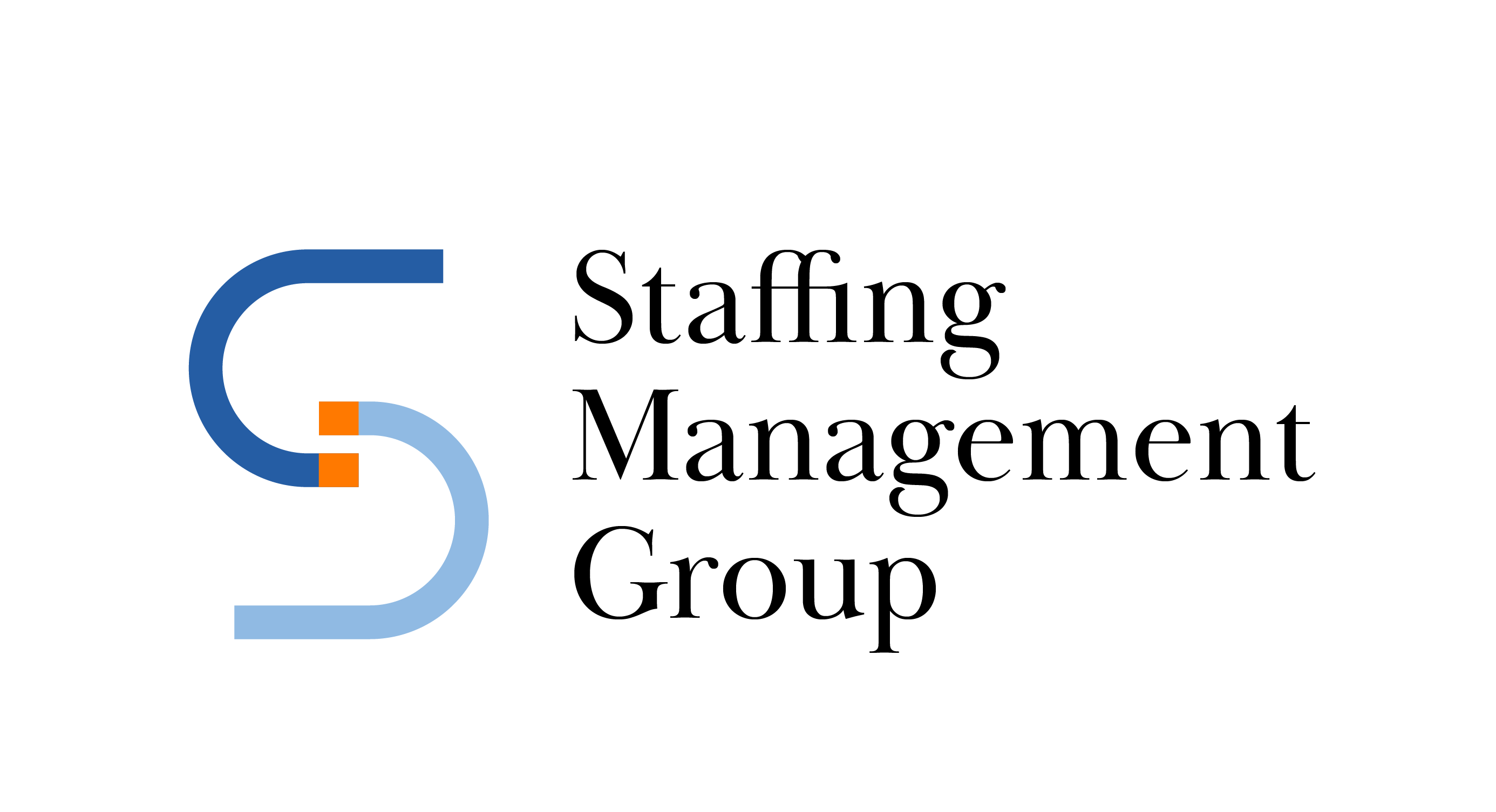Pay Transparency Laws 2025: A Compliance Checklist for Staffing Agencies
Is your staffing agency ready for the next wave of pay transparency laws in 2025? Because 82% aren’t, and the compliance penalties are getting steeper by the month.
Let’s cut through the confusion. Pay transparency isn’t just another HR headache—it’s reshaping how staffing agencies operate, price their services, and communicate with both clients and candidates.
This comprehensive guide will walk you through the exact steps your staffing firm needs to take now to prepare for pay transparency laws in 2025. No legal jargon, no fluff—just actionable compliance strategies that protect your business while positioning you as a trusted partner to clients navigating these same waters.
But first, you need to understand the hidden opportunity most agencies are completely missing in these regulations…
Understanding Pay Transparency Laws

A. Current legislation across key states
Pay transparency isn’t just a buzzword anymore—it’s the law in many states. California, Colorado, New York, and Washington have led the charge with robust requirements forcing employers to disclose their compensation practices.
Colorado kicked things off in 2021, requiring every job posting to include salary ranges. New York City followed suit in 2022, and California’s law took effect in 2023, impacting companies with 15 or more employees.
The rules vary wildly, state by state:
| State | Effective Date | Key Requirements |
|---|---|---|
| Colorado | Jan 2021 | Salary ranges in all job postings; must disclose promotion opportunities |
| New York | Nov 2022 | Salary ranges in job postings for positions that could be performed in NY |
| California | Jan 2023 | Pay scales in job postings, annual pay data reporting |
| Washington | Jan 2023 | Salary range and benefits in postings for employers with 15+ workers |
Connecticut and Nevada have lighter versions—they don’t require posting ranges publicly, but must provide them during interviews or upon request.
B. Expected changes in 2025
The tidal wave of pay transparency isn’t stopping. By 2025, we’re looking at:
- At least 10 more states are joining the transparency movement
- Federal legislation is finally catching up (watch for an expanded Equal Pay Act)
- Stricter penalties for non-compliance (think six-figure fines, not slaps on the wrist)
- More standardization across state requirements
States like Illinois, Massachusetts, and New Jersey already have bills in committee. The writing’s on the wall—patchwork compliance is becoming a nightmare, so federal standards make increasing sense.
And here’s what nobody’s talking about: 2025 will likely bring requirements for disclosing not just salary ranges but also bonus structures, equity compensation, and benefits valuations.
C. Impact on the staffing industry
Staffing agencies are caught in a perfect storm with these laws. You’re not just dealing with your compliance—you’re managing it for every client you serve.
The immediate challenges are brutal:
- Client’s reluctance to disclose actual budgets
- Competitive disadvantage when transparent ranges scare off candidates
- Managing compliance across multiple jurisdictions with different rules
- Explaining wide ranges when clients insist on keeping them broad
But it’s not all doom and gloom. Innovative staffing firms are turning transparency into a competitive advantage. When you’re upfront about compensation, you save time by filtering out candidates with misaligned expectations.
The data backs this up—firms embracing transparency report 30% faster placements and 20% lower candidate dropout rates during the offer stage.
Your secret weapon? Technology that tracks pay requirements across jurisdictions and flags non-compliant job descriptions before they go live.
Core Compliance Job Requirements

A. Job posting disclosure rules
The rules are changing, folks. By 2025, staffing agencies won’t get away with vague “competitive salary” descriptions anymore.
You’ll need to include actual salary ranges in every job posting. Not just the base pay either – we’re talking about the total compensation package including bonuses and benefits. The kicker? These ranges can’t be extensive like “$40,000-$200,000.” Regulators want realistic spans based on experience and qualifications.
Location matters too. Different states have different thresholds for when these laws kick in. Some apply to any job that could be performed in their state, even remotely. Others only apply to companies with a certain number of employees.
And here’s something that trips up many recruiters: third-party postings. If you’re listing jobs on Indeed or LinkedIn, you’re still responsible for ensuring proper disclosures appear on these platforms, too.
B. Candidate notification obligations
Gone are the days of keeping candidates in the dark until offer time.
You’ll need to share pay information during the initial screening process proactively. This means having compensation conversations much earlier than you might be used to.
When a candidate asks about compensation, you can’t legally dodge the question anymore. You must provide accurate, good-faith responses based on the information you have.
For internal transfers and promotions, there are specific notification requirements, too. Current employees must receive the same transparency as external candidates.
Multi-state recruiters face extra challenges here. You’ll need systems to track which notification rules apply based on candidate location, not just where your agency is based.
C. Record-keeping requirements
The paper trail is going to be your best friend (or worst enemy) by 2025.
Every staffing agency needs to maintain detailed records of:
- Original job descriptions with pay ranges
- Changes to compensation structures over time
- Documentation of how ranges were determined
- Candidate communications about compensation
Most states require keeping these records for at least three years, but some require up to six years. And they need to be readily accessible for regulatory audits.
The smartest agencies are implementing digital documentation systems now rather than scrambling later. These records aren’t just for compliance – they’re your defense if accusations of discrimination arise.
D. Reporting mechanisms
Regular reporting is becoming mandatory, not optional.
Larger staffing agencies will need to submit annual reports showing pay data broken down by gender, race, and job categories. These reports must demonstrate efforts to close any identified pay gaps.
You’ll also need internal reporting mechanisms where employees and candidates can report suspected violations confidentially without fear of retaliation.
The most progressive agencies are implementing regular pay equity audits before submitting official reports. This gives you a chance to identify and address issues before they become regulatory problems.
Remember that public companies face additional SEC disclosure requirements about human capital management, including pay practices. Even private staffing firms should prepare for similar transparency expectations from clients.
Internal Audit Process

A. Evaluating current pay practices
Running a staffing agency in 2025 means taking a hard look at how you’re paying people. No more hiding the ball. Start by gathering data on all your current compensation packages. What are you paying for similar roles? Are there patterns that might raise red flags?
Pull together:
- Salary ranges for each position
- Commission structures
- Bonuses and incentives
- Benefits that have monetary value
- Pay differences between demographics
The brutal truth? Most agencies discover unexpected discrepancies when they do this exercise. That’s good news—better to find these issues yourself than have them exposed during a compliance review.
B. Identifying compliance gaps
Once you’ve got the data, compare it against the latest requirements. Pay transparency laws vary by state, but they’re getting stricter across the board.
Common gaps include:
- Missing documentation for pay decisions
- Inconsistent salary ranges for similar positions
- Outdated job descriptions that don’t match actual compensation
- No straightforward process for determining starting salaries
- Placement fees that don’t align with disclosed client ranges
Don’t panic if you find problems. Every staffing agency is wrestling with these challenges. The point isn’t perfection—it’s progress.
C. Developing standardized compensation structures
Time to build something better. Create compensation bands that make sense for each role you staff.
Your structure should include:
- Clear minimum and maximum salary ranges
- Defined criteria for placement within ranges
- Progression pathways
- Market-based adjustments
- Documented exceptions policy
The trick is balancing flexibility with consistency. You need enough wiggle room to negotiate with clients while maintaining defensible standards.
Remember: these structures aren’t just compliance documents—they’re recruiting tools. When candidates trust your transparency, they’re more likely to work with you.
D. Documentation systems
Paper trails save your bacon when it comes to pay transparency. Your documentation should tell a clear story about how and why compensation decisions get made.
Essential documents include:
- Job analysis worksheets
- Salary calculation tools
- Market comparison data
- Internal equity reviews
- Candidate placement rationale forms
Consider upgrading your ATS or CRM to capture this data automatically. Many systems now include compliance features designed explicitly for staffing agencies.
The best documentation systems don’t create extra work—they integrate naturally into your existing workflow.
E. Training HR and recruitment teams
Your systems are only as good as the people using them. Every team member needs to understand not just what the new pay transparency laws require, but why they matter.
Training should cover:
- How to discuss salary ranges with candidates
- Scripts for client conversations about compliance
- Documentation requirements and processes
- Handling difficult questions about pay
- Recognizing and addressing potential bias
Role-playing these scenarios makes a massive difference. When recruiters practice transparent conversations before having them with real candidates, everyone wins.
Schedule regular refreshers, too. This isn’t one-and-done training—it’s an ongoing conversation as laws and best practices evolve.
Client-Facing Compliance Strategies

A. Communication templates for pay discussions
Pay transparency isn’t just about following laws—it’s about building trust. Your staffing agency needs ready-to-use templates that make discussing compensation straightforward and compliant.
Here’s what your communication toolkit should include:
- Initial candidate outreach templates with salary range language that won’t get you in hot water
- Client-facing emails explaining why you need certain compensation information
- Job posting templates with standardized salary range sections
- Offer letter language that communicates the compensation structure
Don’t wing these conversations. Having these templates ready saves you from those awkward “um, well…” moments when candidates ask about pay.
B. Managing pay expectations during recruitment
The days of keeping salary cards close to your chest are over. Now you need a strategy.
When candidates know the salary range upfront, conversations shift dramatically. Here’s how to handle it:
- Get ahead of objections by explaining the full compensation package, not just base salary
- Train your recruiters to discuss pay confidently and consistently
- Document all pay-related discussions in your ATS or CRM
Remember that weird dance where candidates wouldn’t name their number first? That’s ancient history now. Your recruiters need new scripts.
C. Updating contracts and service agreements
Your paperwork is probably outdated if it doesn’t address pay transparency—it’s time for an overhaul.
Review and update:
- Client agreements to include responsibilities for providing pay ranges
- Placement contracts with language about compensation disclosure requirements
- Temp worker agreements reflecting transparent pay practices
Add clauses that clearly state who’s responsible for compliance with specific laws. If your client provides incorrect salary information, are you liable? Your contracts should answer that question.
Smart agencies are adding indemnification clauses to protect themselves when clients provide inaccurate pay information. Don’t be the agency scrambling to update everything at the last minute.
Technology Solutions for Compliance

A. Pay transparency software options
Struggling to track ever-changing pay transparency requirements across states? You’re not alone.
Most staffing agencies are turning to specialized software solutions that take the headache out of compliance. Tools like CompAnalyst, PayScale, and PayParité offer built-in compliance features specifically designed for the 2025 landscape.
The best platforms include:
- Real-time law tracking across jurisdictions
- Automated job posting compliance checks
- Salary range calculators based on location
- Historical compensation data storage
ComplianceHR’s PayTrans solution stands out for staffing agencies because it was built specifically for businesses juggling multiple job postings across different states. It flags potential compliance issues before you hit “publish” on that job listing.
Don’t get caught using outdated spreadsheets when a compliance officer comes knocking. These platforms typically cost between $20 and $50 per user monthly, but compare that to the average $5,000+ fine for a single violation.
B. Automating compensation disclosures
Manual disclosure processes are dead. Seriously.
Automation is now essential when you’re posting hundreds of jobs weekly across multiple job boards. Look for systems that can:
- Pull salary ranges from your ATS or HRIS
- Auto-format disclosures based on jurisdiction requirements
- Create compliant job descriptions in seconds
- Generate audit-ready documentation
JazzHR and Greenhouse now offer automation add-ons that handle this seamlessly. They’ll automatically include the correct salary information depending on where the job is posted.
The real game-changer? These tools save recruiters about 4 hours per person, per week. That’s time better spent talking to candidates instead of worrying about compliance details.
C. Data management tools
Your compliance strategy is only as good as your data.
Without proper storage and analytics, you’re flying blind when auditors start asking questions. Modern data management platforms specifically for staffing agencies provide:
- Centralized compensation databases
- Audit trail capabilities
- Historical posting records
- Compliance reporting dashboards
BambooHR and Workday have recently added compliance-specific modules that track every aspect of your pay transparency efforts.
The smartest agencies are implementing tools that not only store data but also analyze it to identify potential discrimination patterns before they become legal issues.
Remember those cases where agencies got slapped with class-action lawsuits? They all had one thing in common: poor data management that couldn’t prove compliance when challenged.
Penalties and Risk Mitigation

A. Understanding potential fines and legal consequences
Breaking pay transparency laws isn’t just embarrassing—it’s expensive. In 2025, penalties are getting steeper across states. California’s fines start at $10,000 per violation and can reach $100,000 for repeat offenders. New York hits you with $25,000 for each violation. Colorado doesn’t mess around either, with fines up to $10,000 per violation.
But the financial hit isn’t the whole story. There’s reputation damage that can crush your recruiting business. When word gets out that you’ve violated these laws, candidates stop trusting u and clients start questioning your professionalism.
Many staffing agencies also face private lawsuits from candidates who weren’t given proper salary information. These can drag on for years and cost far more than the initial fines.
B. Creating a compliance calendar
Smart agencies are building pay transparency compliance calendars that track:
- Effective dates for new laws by state
- Quarterly internal audit deadlines
- Annual training sessions for recruiters
- Deadline reminders for updating job postings
The trick is making this calendar work for your specific operation. A national staffing firm needs different tracking than a boutique agency operating in two states.
Set up automated alerts 30 days before any new legislation takes effect. This gives your team enough runway to adjust processes and update templates.
C. Developing response protocols for violations
When violations happen—and they will—you need a battle plan:
- Immediate correction of any non-compliant job postings
- Documentation of what happened and why
- Assessment of whether other similar postings need fixing
- Communication with affected candidates, if necessary
The agencies handling this best have created simple flowcharts for different violation scenarios. These guide recruiters through exactly what steps to take when they spot an issue.
Training your team to self-report violations internally without fear of punishment creates a culture where problems get fixed before regulators find them.
D. Insurance considerations
Pay transparency compliance failures aren’t typically covered under standard business insurance. The market is catching up, though, with new riders specifically for recruitment compliance issues.
Employment practices liability insurance (EPLI) policies are evolving to include some coverage for pay transparency violations, but read the fine print carefully. Many exclude regulatory fines.
Some forward-thinking insurance providers now offer “Recruitment Compliance Coverage” that addresses pay transparency violations explicitly. These policies typically cover:
- Legal defense costs
- Regulatory fine reimbursement (up to certain limits)
- Crisis management expenses
When shopping for coverage, look beyond premiums to exclusions and coverage limits. A slightly more expensive policy that covers these specific violations is worth every penny when problems arise.

Navigating pay transparency laws requires staffing agencies to take proactive measures across multiple operational areas. From understanding the fundamental legal requirements to implementing robust internal audit processes, agencies must adapt their client communications, leverage appropriate technology solutions, and develop comprehensive risk mitigation strategies to maintain compliance and avoid penalties.
As 2025 approaches, staffing agencies should use this checklist as a foundation for their compliance journey. Start by evaluating your current practices, identifying gaps, and developing an implementation timeline that allows for proper training and system adjustments. Remember that pay transparency isn’t just about legal compliance—it represents an opportunity to demonstrate your commitment to equity and fairness. These values increasingly matter to both clients and candidates in today’s competitive talent marketplace.
Thanks for reading! Staffing Management Group provides comprehensive support for staffing firms nationwide. Discover how our Employer of Record services and flexible Payroll Funding can streamline your operations. Explore partnership opportunities through our dedicated Partners Program, or visit our Solutions overview for additional insights. For more resources on Pay Transparency, return to our home page.
